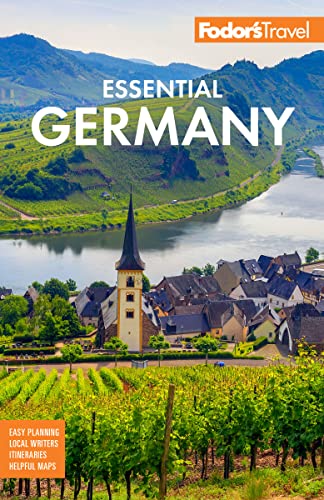Perhaps best known as Europe's most fashionable spa town, Baden-Baden is more than its name implies. With a storied history, original 19th-century French-influenced architecture, world-class cultural offerings, and a sunny location in a valley at the edge of the Black Forest, the city has more to offer than just a relaxing soak. It sits atop extensive underground hot springs and can trace its spa heritage back to the time of the Roman emperor Caracalla, whose legions discovered the springs and named the area Aquae Aureliae. The ruins of these Roman baths can still be seen in the city center, next to the more modern Friedrichsbad and Caracalla Therme, two spas that continue to attract visitors to the area.
In the 19th century, Baden-Baden began to attract the upper classes from around Europe, thanks to its comfortable climate. Seeking leisurely pursuits, cultural heavyweights, including Richard Wagner and Fyodor Dostoyevsky, joined many European royal families in their unofficial summer residence. Palatial homes and stately villas from that time survived unscathed by the war, gracing the tree-lined avenues; the spa tradition continues at many of the city's resorts, making it a nice last stop on the way home, as Baden-Baden is just 1½ hours from Frankfurt Airport by train.
Though some may come here for the spas, the city has also made a name for itself as a cultural power player. As home to Europe's second-largest festival hall, the Festpielhaus—a concert hall originally planned by Richard Wagner before King Ludwig convinced him to construct in Bayreuth—Baden-Baden hosts some of the world's best symphonies, opera singers, and ballet troupes each year, from St. Petersburg's Mariinsky Ballet to the Berlin Philharmonie to violin soloist Anne-Sophie Mutter. Four museums add to the city's unique cultural repertoire.






